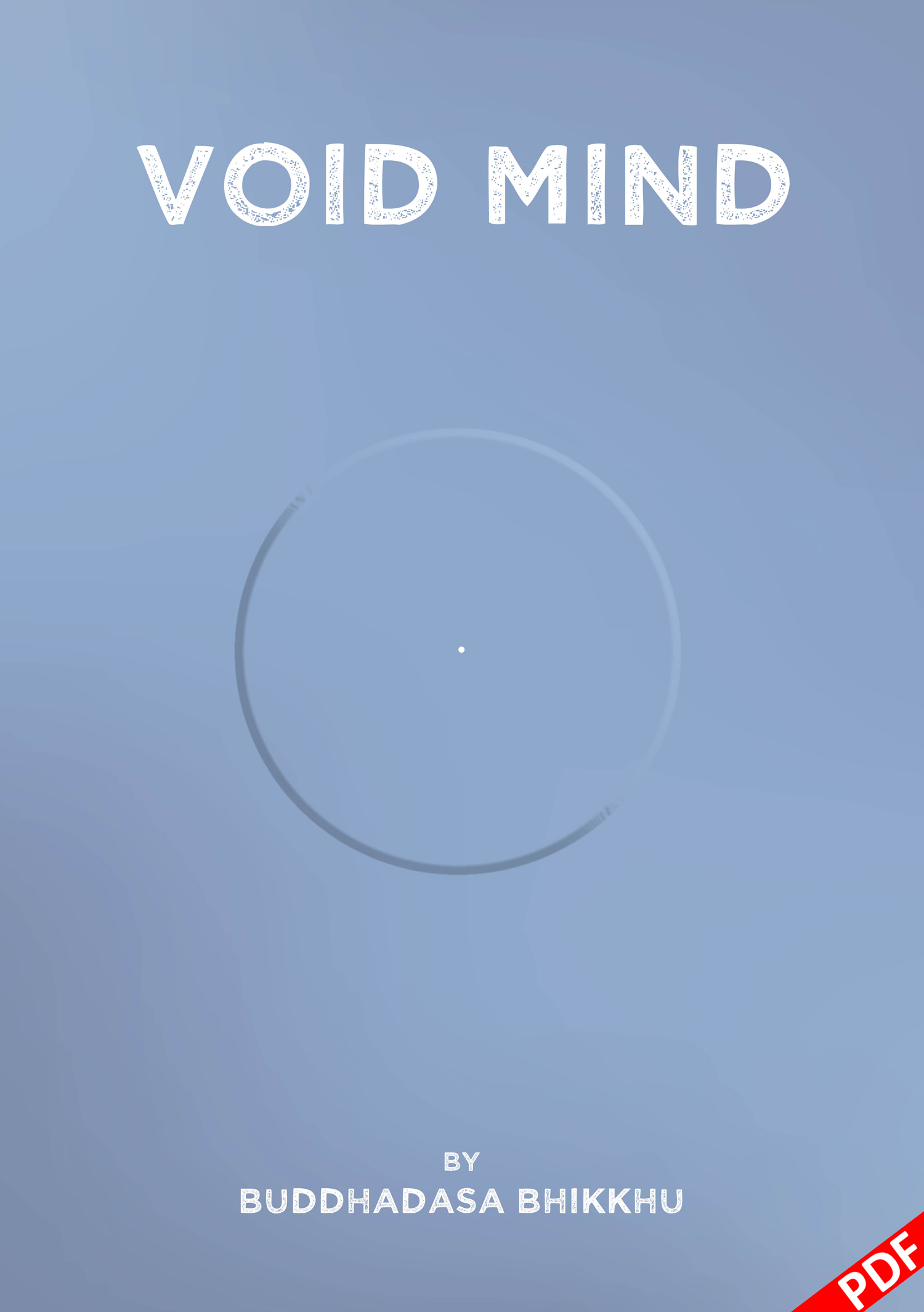
Void Mind
BUDDHADASA BHIKKHU
'Form is emptiness and emptiness is form' – a phrase from one particular translation of the Heart Sutra, the Mahayana text which deals with the concept of suññatā, ‘emptiness’ or ‘voidness.’ ‘Form’ here representing one of the five aggregates, the pañca-khandhas, being ‘empty’ or ‘void,’ then the remaining four aggregates – feelings, perceptions, thinking, and awareness – must also be ‘empty,’ or ‘void’ too. But what are the aggregates empty, or void of? Empty of any meaning of ‘self’ Buddhadāsa would have said. That’s the rub: we don’t understand ourselves properly, that what we are is essentially what the Buddhists call the five aggregates, so we cling to them as being ‘me,’ take possession of them as being ‘mine’ and get into trouble because we do. Ajahn Buddhadāsa investigates the experience of suññatā as it arises from the bases of samadhi and vipassanā practice, and as an experience arising naturally during the course of our daily lives. Always willing to explore the different traditions, the Ajahn takes a long, penetrating and occasionally controversial look at this still misunderstood concept.
(Introduction by the translator)
Commonly Misunderstood Buddhist Principles Series #2. Translated from the Thai by Dhammavidū Bhikkhu. Published by Buddhadasa Indapanno Archives, 2015.